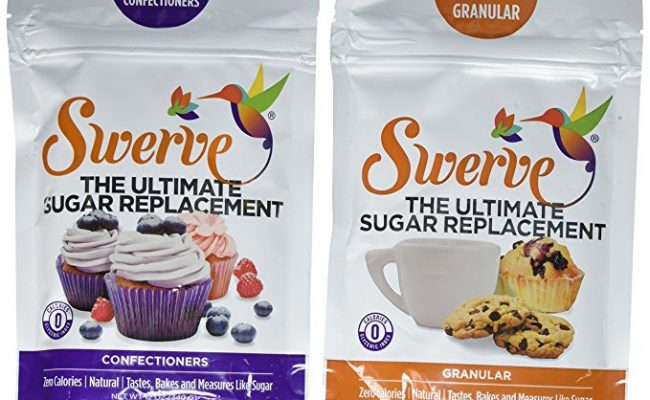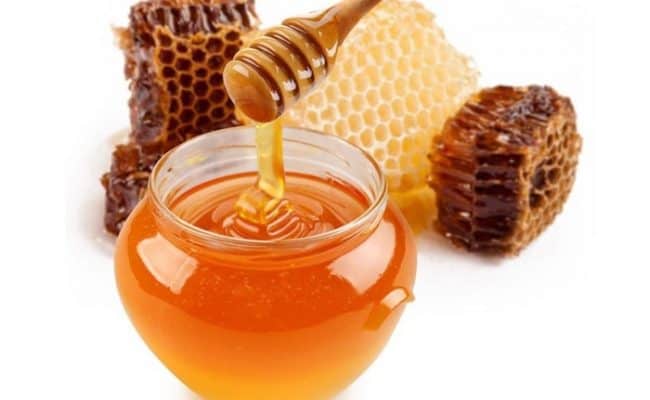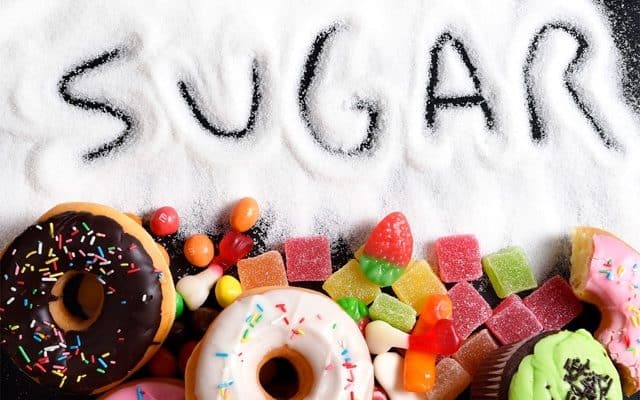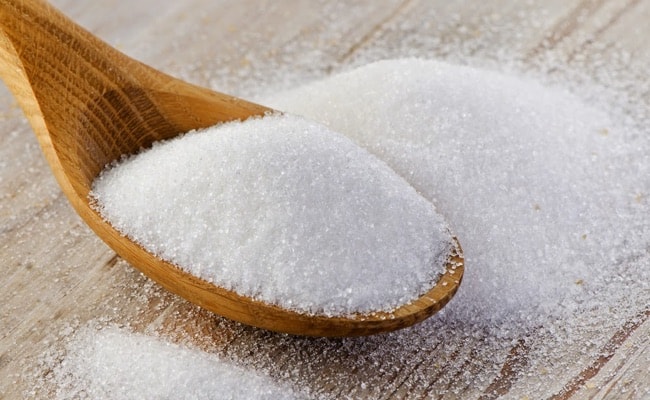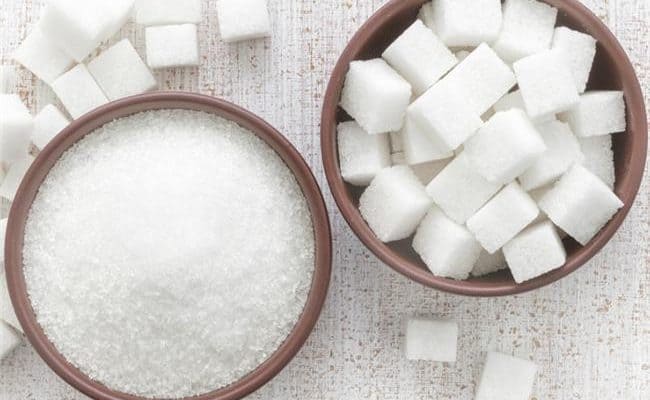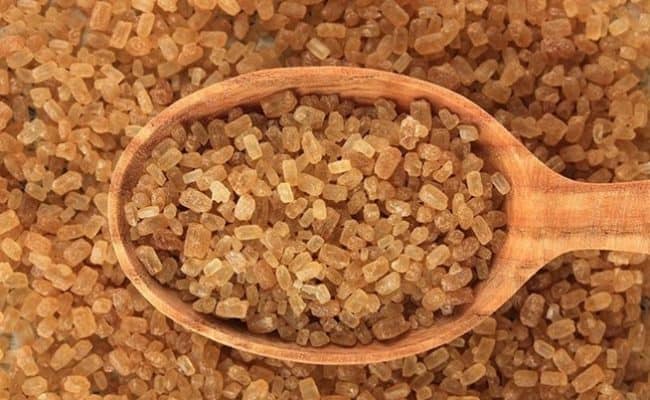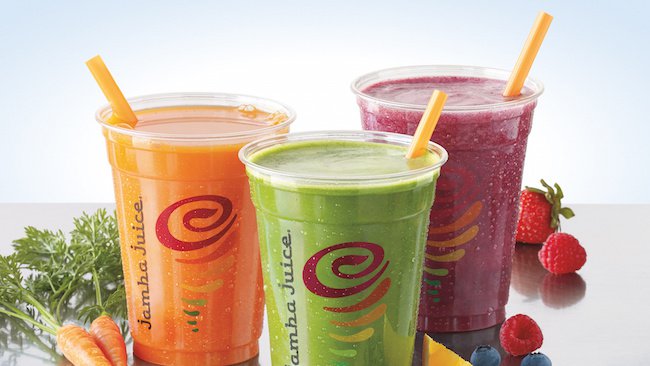
Sugar is added to many foods, and almost all processed foods that come in a package are a source of sugar. Sugar is also added to many unsuspecting foods as a filler, preservative and taste enhancer.
Most Americans get more than the recommended amount of sugar per day. Eating extra calories from added sugars can increase risk for weight gain or increase risk for chronic diseases such as type 2 diabetes, heart disease or other inflammatory conditions.
The World Health Organization (WHO) recommends getting less than 10% and ideally 5% of daily calories from added sugar. A rough estimate of 5% of calories would equal about 25 gm of added sugar per day for an average adult. Most people can easily surpass this conservative guideline if they’re not careful.
Sugar can hide in as many other words on an ingredient label including: dextrose, high fructose corn syrup or fructose. If you are concerned about eating added sugars, check nutrition labels on foods before purchasing.
Some foods you wouldn’t suspect as having sugar are surprisingly a source of extra sugar. Here are a list of shocking foods that contain high amounts of sugar.
Smoothies
Smoothies can be a healthy way to get fruit, vegetables and possibly protein in a portable, easy way. Smoothies sound healthy, but sometimes smoothies can have more sugar than a can of soda. Smoothies from quick service restaurants are especially notorious for being very high in sugar.
For example, a small Aloha Pineapple® Smoothie from Jamba Juice contains 290 calories and 63 gm of sugar. One can of soda has around 30-35gm of sugar, so this smoothie provides almost double the sugar amount in a 12 fluid ounce soda. Even the “Make It Light” option of the Aloha Pineapple® smoothie still has 37 gm of sugar.
The reason for such high sugar amount in smoothies is the addition of fruit juice and/or sweetened yogurt or sorbet. To lower the sugar content, make your own smoothie and just use real fruit for a sweetener.
Sauces
Tomatoes naturally have carbohydrates and sugar in them. However, many tomato based sauces, salad dressings, stir fry sauces or salsas have added sugars to them.
A half cup of spaghetti sauce can have around 5-7gm of sugar per serving. This serving size can easily be doubled for an average serving of pasta with sauce.
Ten grams of sugar just from spaghetti sauce could be almost half the recommended added sugar level for a typical adult.
Choose sauces that are lower in sugar and ideally do not have sugar or high fructose corn syrup in the ingredient label.
Yogurt
Dairy contains a simple carbohydrate called lactose, so all dairy products will naturally have some sugars. When a dairy product like yogurt is sweetened, the sugar content can jump up dramatically.
A typical 6-8 oz serving of sweetened yogurt can contain anywhere from 24-30 grams of sugar which could be your total recommended amount of added sugar for the day according to WHO.
Instead of buying pre-sweetened yogurt, purchase plain yogurt and sweeten it yourself with a little honey, some fruit or jam. See also: Best alternatives to yogurt
Baked beans
Beans are high in fiber, protein, vitamins and minerals and are considered a health food for many. So, it may stand to reason that choosing baked beans would be a healthy side item for a barbeque or cook out.
Unfortunately, many pre-made baked beans can be high in sugar. One half cup of baked beans could give you about 15gm of added sugar. To cut sugar amount down, drain off some of the liquid or make your own.
Ketchup
Ketchup, like sauces, is definitely a source of added sugar. How much sugar depends on the company, but a tablespoon of ketchup could give you about 4 gm of sugar.
Since not many people use just a tablespoon of ketchup, realistically you could get 12-16 gm of added sugar from using ketchup for example for a burger and fries meal.
Energy or cereal bars
Energy or cereal bars can be a quick source of energy on the go. The nutrition content for bars varies drastically, so don’t assume they’re all the same.
Some energy bars can have over 20 gm of sugar in them. Smaller snack bars can easily have 10-12 gm of sugar in them.
Breakfast cereal
It’s probably no surprise that sugary, artificially colored cereals are full of sugar. However, healthy sounding breakfast cereals can still be shockingly high in sugar.
Some healthy and hearty sounding breakfast cereals may be even higher in sugar than the obvious choices. A serving of cereal can provide 15-20 gm of sugar if you’re not careful.
See also: The Top 10 Healthiest Breakfast Cereals
Conclusion
In conclusion, the WHO recommends adults limit added sugars to about 5% of total calories. Most Americans far surpass this recommendation. It is not that you need to be afraid of eating any sugar, rather it is important to be aware of foods you are eating could be deceptively high in sugar.
Some healthy sounding food could easily put you past the recommended allowance for daily added sugar in just one serving.
References used in this article
